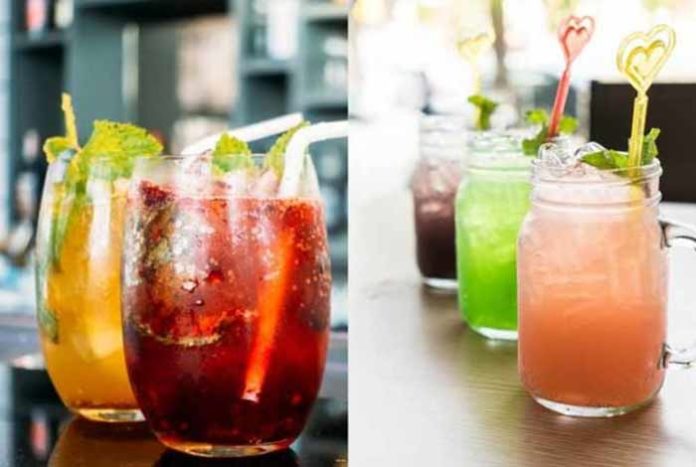
Not many Americans consume sugary beverages now as compared to the number of drinkers about 10 years back. However, the trend does not exist uniformly across the population.
According to a study conducted by TH Chan School of Public Health, Boston, Massachusetts, some minority groups had the same likelihood of drinking at least one sugary beverage at the end of the study as it was at the beginning of the research.
According to the study author, Sara Bleich, sugary beverages is the largest source of calories and are linked with obesity. It is important to understand what exactly the trends are, and how these trends vary across groups.
Sugary beverages like soda, and sports drinks are used in public health campaigns. The study findings have been published in the journal, Obesity.
The World Health Organization (WHO) strongly recommended to adopt taxes to help curb obesity, but there was strong opposition from food and beverage companies. According to Bleich, there was nearly 57% decline in the sales of sugary beverage after 6 months of implementation of taxes.
During the period from 2004 to 2014, the number of children and adults, who drank sugary beverage declined significantly. The percentage of children drinking sugary beverage dropped from 80% to 60%, and for adults, the numbers fell from 60% to 50%.
Low-income groups are at a higher risk of obesity. Researchers did not find any considerable decline in Mexican American and Non-Mexican American Latinos.




